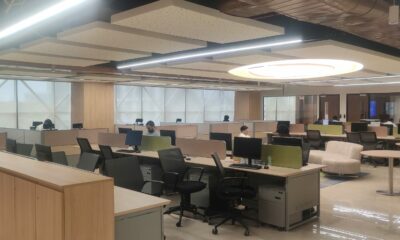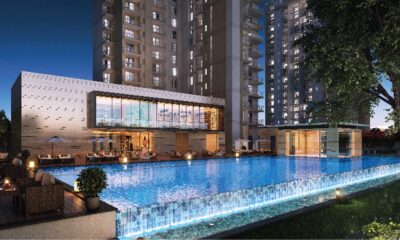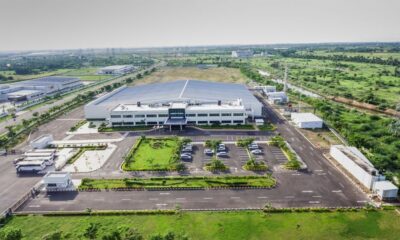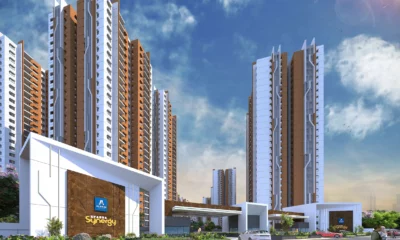News
Mall space leasing saw a rise of 77% y-o-y in H1 2018: JLL India
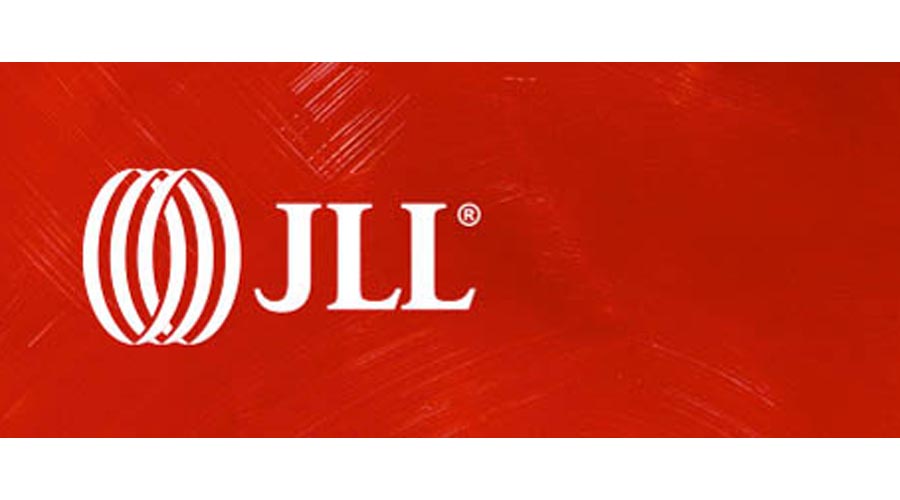

Mall space leasing saw a rise of 77% y-o-y in H1 2018: JLL India
Supply rationalized by 25% to ensure rental growth in most markets
H2 2018 to see new supply 3.7 MSF indicating commensurate leasing
Mumbai, August 1, 2018: JLL, India’s largest professional real estate services firm, in their half-yearly update note that net absorption in H1 2018 for retail space has seen a rise of over 75% year – on – year (y-o-y) recording a total absorption of 1.9 million square feet (MSF) in the first half of 2018. In the same time, new completions saw a decline of about 25% year –on – a year with the total completion of new mall space recorded at approximately 2.1 MSF in H1 2018 over 2.8 MSF in H1 2017. The retail market, which has been experiencing a new lease of life with investment interest in returning to the market, has also seen a growth in leasing activities from both international and domestic brands.
RETAIL REAL ESTATE PERFORMANCE (H1 2018)
| City | New Completion (‘000) | Net Absorption (‘000) | ||
| H1 2017 | H1 2018 | H1 2017 | H1 2018 | |
| Mumbai | 800 | 120 | 652 | 118 |
| Delhi | 2,005 | 385 | 726 | 325 |
| Bangalore | – | – | 2 | – |
| Chennai | – | 988 | 8 | 957 |
| Hyderabad | – | 500 | -104 | 358 |
| Kolkata | 75 | 150 | 169 | 154 |
| Pune | – | – | -355 | 33 |
| TOTAL | 2,880 | 2,143 | 1,098 | 1,945 |
The total net absorption for H1 2018 was recorded at close to 2 MSF in top seven cities[1] of India of which Chennai saw the highest absorption at 950,000 square feet (sf). Chennai saw the completion of a major retail project which attracted many brands to set up and start operations. Delhi (325,000) and Hyderabad (358,000) also saw healthy leasing activities, though, Delhi saw a slowdown owing to reduced new completion in the period under study. Mumbai saw total new leasing of 118,000 sf in H1 2018. The trends of retail supply and absorption are linked as malls usually are reticent in starting operations without complete or near complete absorption of malls. Only in very limited cases, do malls start with noticeable vacancies?
The new supply for retail mall space was estimated to be 2.1 MSF in H1 2018 which was lower by approximately 25% over the same time last year. However, with robust leasing activities, the reduced supply will help the rentals remain stable and even firm up over a period of time. Development companies have been aiming at creating products that match the requirements of retail companies in terms of location, quality of development, as well as design and other relevant aspects to ensure sustained sales velocity. Chennai saw the highest volume of retail mall supply in H1 2018 which was close to 1 msf. While Hyderabad recorded new supply of 500,000 sf in the same period. Both these cities had not witnessed any new supply in the comparable period last year.
Ramesh Nair, CEO & Country Head, JLL India said, “The retail scenario in India has started to show signs of maturity now, by concentrating on malls that will have longevity, sustainable business and have a scope of refurbishment and renovations in the future. As Indian consumer becomes more discerning, the physical asset surrounding retail has become important in creating the right experience. Therefore, developer companies are now creating retail destinations rather than mere shopping centers. In the next few years, we will see a concentration of large format malls that will allow shoppers a variety of experience beyond purchase.”
JLL’s estimation for the next 6 months of 2018 (July – December) to see fresh supplies of 3.7 msf in the top 7 cities of the country. Of the total, Hyderabad will see the highest volume of 1.8 msf. Delhi at 715,000 sf will see the next highest volume of mall space supply followed by Chennai (511,000 sf) and Bangalore (500,000 sf). Pune is expected to be the only market which will not see any new addition of retail mall space in 2018.
-



 News3 weeks ago
News3 weeks agoKW Delhi 6 Mall Onboards New Brands
-



 News3 weeks ago
News3 weeks agoManasum Senior Living Launches IKIGAI GOA, A Senior Living Community in North Goa, in collaboration with Prescon Homes
-



 News2 weeks ago
News2 weeks agoGodrej Properties Sells Rs 3k cr+ Homes of Godrej Zenith, Gurugram, within 3 days
-



 News3 weeks ago
News3 weeks agoBridging India Divide: Top 5 Tier- 2 Cities to Focus On
-



 News3 weeks ago
News3 weeks agoCommercial Realty Gets Tech Savvy: Fast Construction, Enhanced Convenience
-



 News3 weeks ago
News3 weeks agoMultipoint Connection – A Definite Boon
-



 News2 weeks ago
News2 weeks agoRBI’s Status Quo on Key Policy Rates to Help Maintain the Real Estate Growth Momentum, Say Industry Stalwarts
-



 News3 weeks ago
News3 weeks agoSacred Cities See a Retail Boom as Spiritual Tourism Surge: CBRE Report







